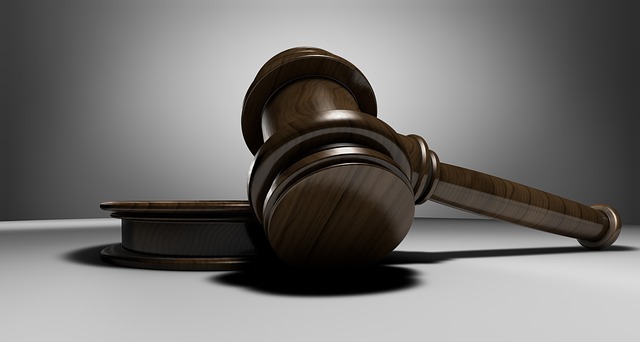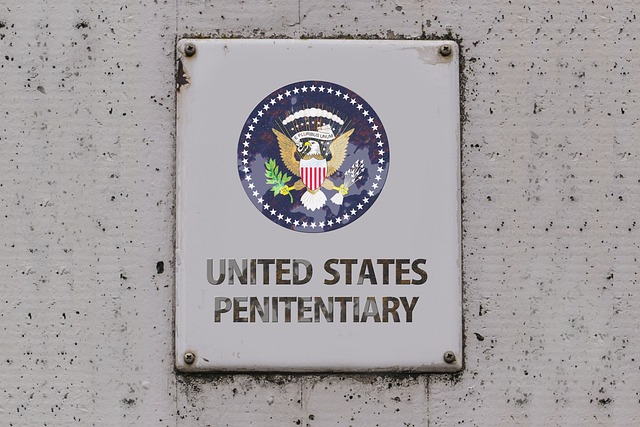Social media's role in DUI cases presents unique legal challenges, blurring privacy and public safety lines. While online platforms offer evidence collection tools, they risk character judgment and bias. Youth justice focuses on fair treatment for young drivers, emphasizing rehabilitation over punishment. This requires nuanced understanding, community support, and protection of rights to prevent stigmatization. Balancing digital evidence use with due process is crucial to ensure positive futures for young offenders.
Youth justice demands fair treatment, especially when addressing the unique challenges of young drivers. In this article, we explore the intricate balance between youth justice and legal systems, focusing on two key aspects: social media’s growing influence in DUI cases and the critical legal considerations for protecting youthful offenders. By examining these modern dynamics, we aim to highlight strategies that promote equity and rehabilitation within the youth justice framework.
- Youth Justice: Navigating Fair Treatment
- Social Media's Role in DUI Cases
- Legal Aspects: Protecting Young Drivers
Youth Justice: Navigating Fair Treatment

Youth Justice: Navigating Fair Treatment in a Complex Landscape
In today’s digital era, the conversation around youth justice and fair treatment has evolved, with a significant focus on understanding the legal aspects that shape their future. Social media platforms have played a pivotal role in this discourse, acting as both a megaphone for awareness and a tool for advocacy. When it comes to issues like DUI (Driving Under the Influence), online conversations can significantly influence public perception and policy changes. By sharing stories of youthful missteps and subsequent rehabilitation, social media challenges stereotypes and promotes empathy, fostering a more nuanced understanding of juvenile justice.
However, navigating fair treatment isn’t just about public sentiment; it requires meticulous consideration of legal procedures. The DUI legal aspects for youth often differ from those of adults, with a stronger emphasis on rehabilitation and second chances. This differentiated approach aims to address the root causes of delinquent behavior while ensuring that young individuals are not irrevocably stigmatized by their mistakes. It underscores the importance of comprehensive support systems that go beyond punishment, involving community resources, parental involvement, and educational interventions.
Social Media's Role in DUI Cases

In today’s digital era, social media platforms play a significant role in various legal aspects, including DUI cases. While they can serve as powerful tools for evidence collection and witness communication, they also present unique challenges. Online interactions and posts can inadvertently provide prosecutors with valuable insights into a defendant’s character and behavior, potentially influencing the perception of guilt. This raises important questions about privacy rights and due process in the context of Social Media and DUI legal aspects.
The use of social media to gather evidence has become more common, with posts offering glimpses into an individual’s lifestyle and potential state of mind during the time of the alleged offense. However, this trend highlights the need for strict guidelines to protect against arbitrary or biased interpretations of digital footprints. As the line between personal life and public exposure becomes increasingly blurred, understanding the legal implications of social media content in DUI cases is crucial to ensuring fair treatment for all youth involved.
Legal Aspects: Protecting Young Drivers

The youth justice system, with a focus on fair treatment, emphasizes not only rehabilitation but also ensuring that young drivers face just consequences for their actions, especially when it comes to DUI (Driving Under the Influence). Legal aspects play a crucial role in protecting both young offenders and the public. In terms of social media and DUI, the digital age presents unique challenges; online platforms can be a source of evidence, with posts or messages potentially indicating impairment. This raises questions about privacy rights versus public safety, especially as law enforcement agencies increasingly utilize social media to investigate cases.
However, the fair treatment principle guides legal processes, ensuring that young drivers’ rights are protected while holding them accountable. This includes due process, access to legal representation, and a comprehensive understanding of the potential consequences. By balancing these factors, the youth justice system aims to foster a positive future for young offenders, steering clear of recurring patterns of DUI and related offenses.
In conclusion, achieving fair treatment within youth justice requires a nuanced approach that considers both the evolving role of social media and the intricate legal aspects surrounding young drivers. As we’ve explored, social media can significantly impact DUI cases, highlighting the need for responsible digital citizenship among teens. Simultaneously, understanding and adhering to legal protections are essential to ensure youthful mistakes don’t lead to lifelong consequences. By bridging these gaps, we can create a more equitable system that promotes rehabilitation and offers second chances while upholding the law.






